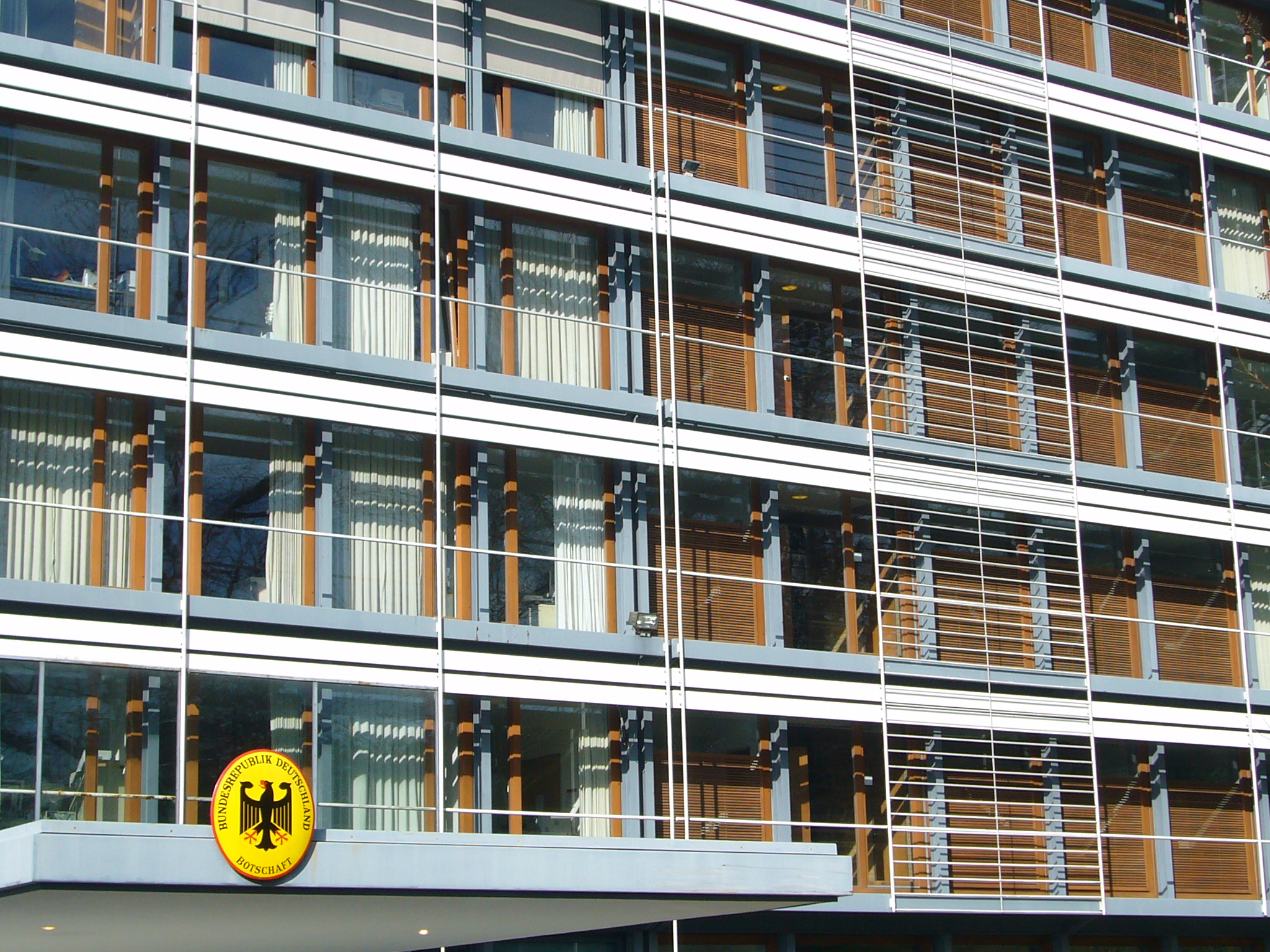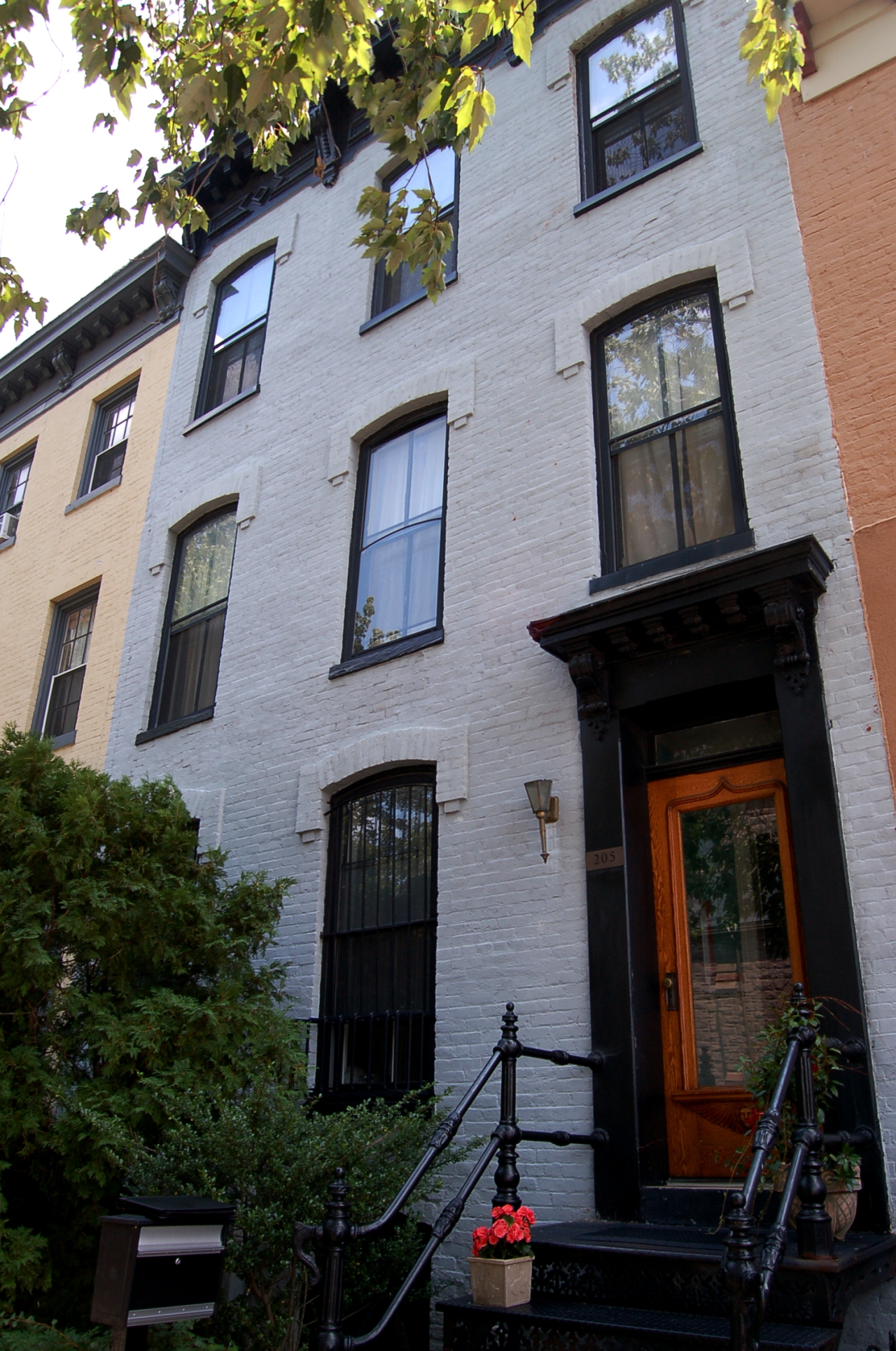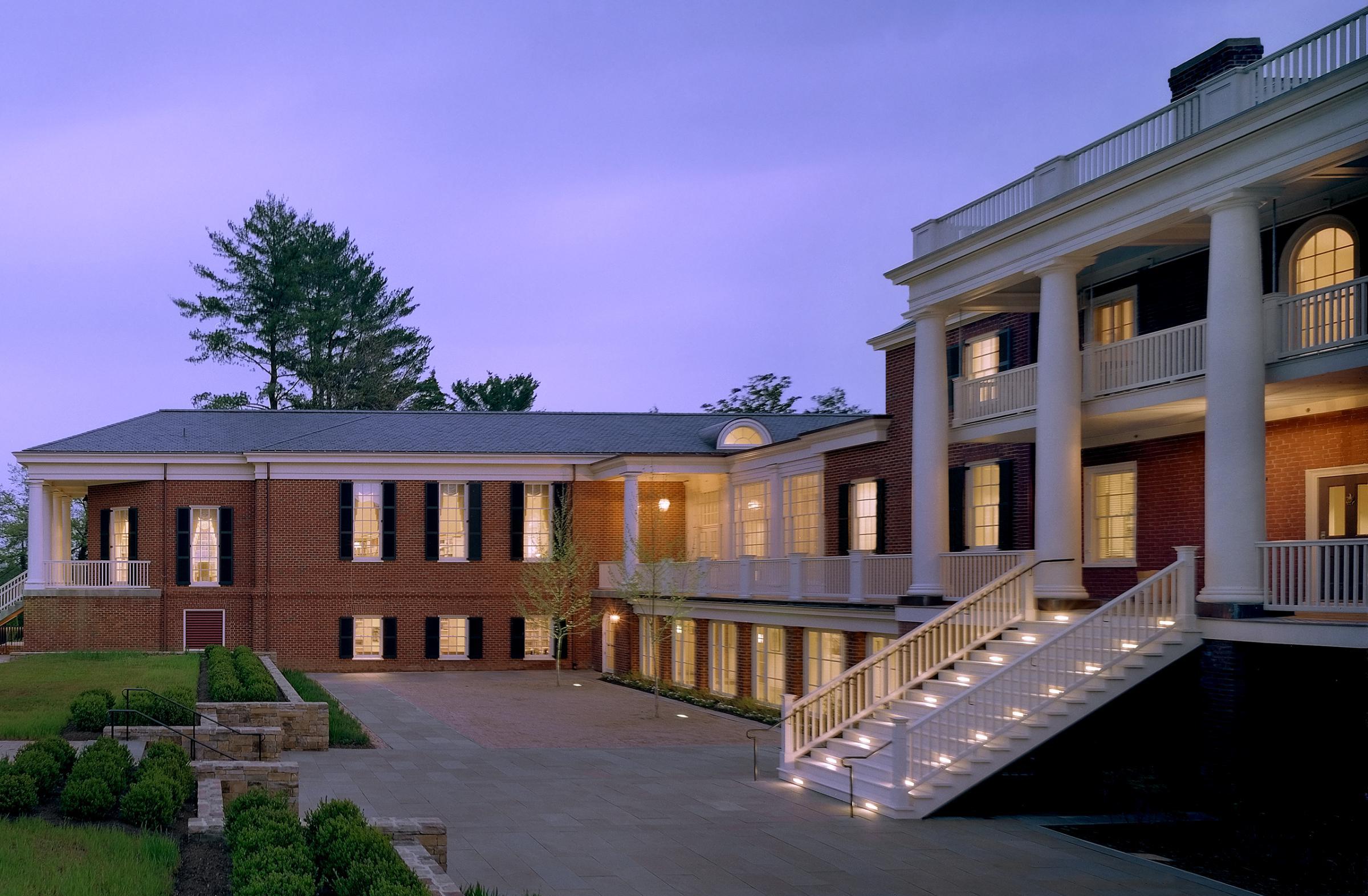Dahlgren Chapel Renovation
[vc_row][vc_column][vc_column_text] Georgetown University Washington, DC Award of Excellence in Historic Architecture, AIA Northern Virginia For more than a century, the Dahlgren Chapel of the Sacred Heart has been a place of worship, reflection and celebration for Georgetown University. Surrounded on three sides by Georgetown’s oldest buildings to form Dahlgren Quadrangle, it is not only one of the campus’s most iconic structures but also a historic local landmark. The chapel, constructed in 1893 in the style of 13th century English cathedrals, is the spiritual heart of the Georgetown community. In this sacred space, generations of students, faculty, staff and alumni have attended Mass, weddings, baptisms or simply stole a quiet moment of reflection. Therefore, preservation of its architectural character was a top priority. The University needed to update the space, but the renovated space still needed to feel like home. This preservation project included renovation of the chapel interior and improvements to the exterior quadrangle. The interior...
Continue Reading










